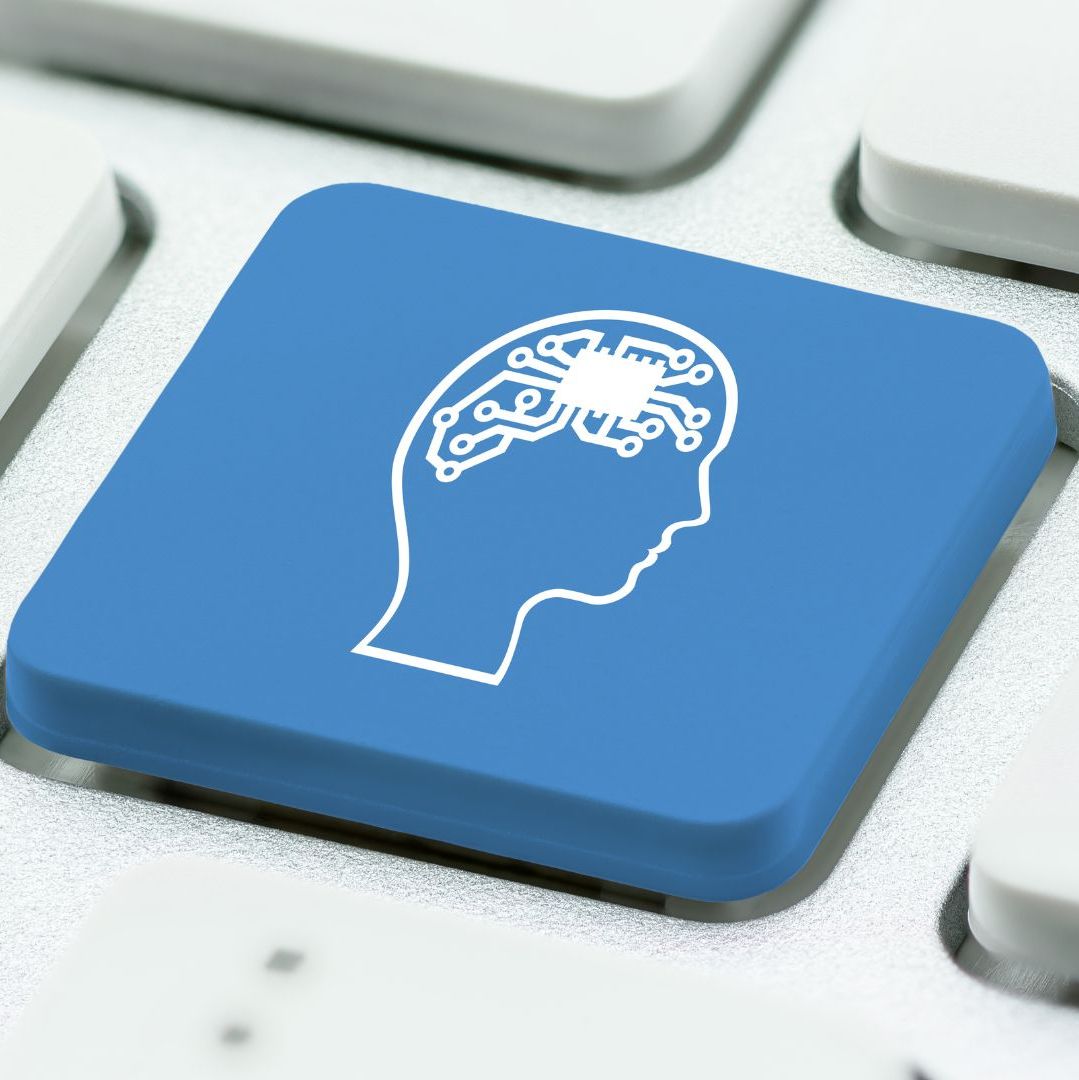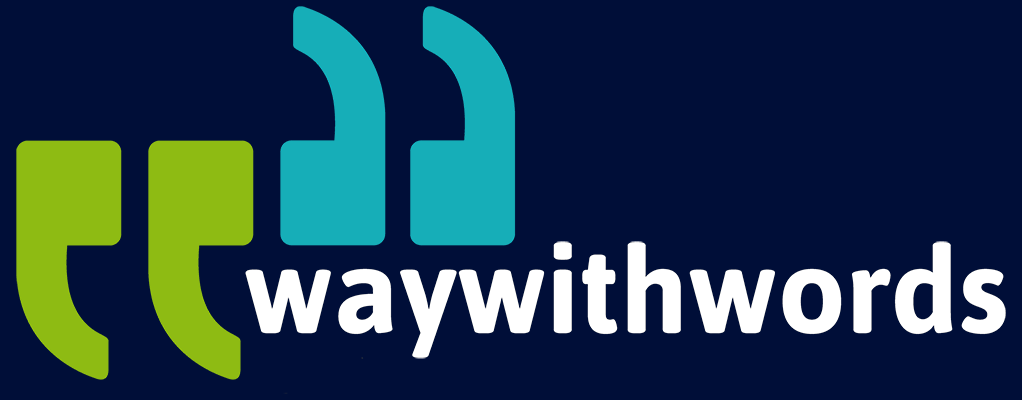What Are Speaker Tags and Why Are They Important?
How do we Structure Speech Data to Ensure Clarity, Precision, and Usability?
The importance of understanding who is speaking in an audio recording, whether its read or spontaneous speech data, is as crucial as the content of what is being said. As more industries, from artificial intelligence and media production to law, healthcare, and education, rely on accurate voice data, one question repeatedly emerges: how do we structure speech data to ensure clarity, precision, and usability?
The answer lies in a vital but often overlooked process: speaker tagging.
Speaker tags are more than mere labels. They are foundational elements in any workflow that involves multiple speakers, whether it’s human transcription, AI model training, or speaker behaviour analysis. Without speaker tags, even the most accurate transcript can become ambiguous or unusable for many applications.
This article unpacks what speaker tags are, how they differ from speaker diarisation, and why they matter across a range of use cases. We’ll also explore how accurate speaker identification enhances model performance, the tools used to tag and diarise speakers, and practical guidance for professionals tasked with maintaining high-quality data standards in this field.
Understanding What Speaker Tags Are and Why They Are Used
At its core, speaker tagging is the process of identifying and labelling different voices within an audio recording. When multiple people are speaking in a recording, speaker tags provide a clear way to distinguish between them, allowing for a structured, interpretable transcript or data set.
Tags can be as simple as “Speaker 1” and “Speaker 2,” or as descriptive as “Customer,” “Agent,” “Doctor,” “Nurse,” “Moderator,” “Witness,” or “Accused.” The decision about how detailed a tag should be usually depends on the purpose of the transcript or dataset. In some cases, speaker tags also carry metadata like gender, estimated age, or role within the conversation.
In real-world scenarios, speaker tagging plays a critical role in a wide range of applications, such as:
- Legal depositions, court transcripts, and forensic recordings
- Focus groups and in-depth research interviews
- Broadcast media, documentaries, and podcasts
- Clinical dialogues between patients and healthcare professionals
- Political or parliamentary recordings
- Customer service and call centre interactions
- Meeting minutes for corporate boardrooms or academic discussions
In each of these cases, speaker tags help provide context to the transcript. It is not just about documenting the words spoken, but understanding who is responsible for each statement. This clarity enhances the utility of the data, whether it’s being analysed by a researcher, used as legal evidence, or processed by an AI system.
Without speaker tagging, the transcript would read like a single stream of dialogue, making it impossible to differentiate between speakers—something that can severely compromise the value of the data.
Moreover, speaker tagging is a gateway to advanced analytics. When voice data is accurately labelled, it becomes possible to extract speaker-specific patterns, behaviours, and even emotions. In AI applications, this allows systems to personalise responses, detect sentiment changes, and train voice assistants to respond to individual users more effectively.

Differentiating Between Speaker Diarisation and Speaker Tagging
While the terms “speaker diarisation” and “speaker tagging” are often used together, they refer to two distinct yet complementary processes in the preparation of voice data.
Speaker diarisation is an automated process that segments an audio recording based on changes in speaker. In simple terms, diarisation answers the question: when does each speaker speak? It does this by detecting shifts in acoustic features, such as pitch, speech rhythm, and energy levels. The output is a list of time-coded segments, each representing a different speaker’s turn in the conversation. However, these speakers are usually labelled in a generic way—such as “spk_0,” “spk_1,” or “spk_A”—with no meaningful reference to who they are in reality.
Speaker tagging, on the other hand, is a process—often manual or semi-automated—that assigns real-world identity or role-based labels to the diarised segments. Where diarisation identifies the structure of the conversation, tagging adds semantic value. For example, once diarisation has labelled two speakers as “spk_0” and “spk_1,” speaker tagging might identify them as “Interviewer” and “Respondent,” or “Lawyer” and “Witness,” depending on the context.
This distinction is critical because diarisation alone doesn’t provide enough detail for most practical applications. A legal transcript that only identifies anonymous speakers won’t stand up in court. A research interview that doesn’t distinguish between participants and facilitators loses analytical validity. A healthcare consultation that lacks speaker roles could be misinterpreted by medical staff or legal auditors.
In effect, diarisation provides the framework, while speaker tagging fills in the details. Both are essential, and they typically form a sequential workflow—starting with diarisation to map the speaker segments, followed by tagging to attach meaning to those segments.
Understanding this distinction allows professionals to better structure their workflows and apply the right combination of tools and expertise. It also highlights why speaker tagging—often considered a minor task—is a linchpin in the integrity and usability of voice data.
The Impact of Speaker Tags on Machine Learning and Model Accuracy
As artificial intelligence and machine learning systems continue to evolve, they increasingly rely on large, high-quality speech datasets for training. In this context, speaker tagging becomes a critical component for enhancing both performance and accuracy, particularly for models that operate in speaker-sensitive domains.
One of the most significant contributions speaker tags make is in speaker-dependent modelling. Many AI systems are designed to adapt to the voice, style, or behaviour of individual users. For instance, voice biometrics systems identify users by their voiceprint, while conversational AI tools like virtual assistants or call routing engines respond differently depending on who is speaking. Without accurate speaker tags in the training data, these models struggle to learn speaker-specific features, which in turn degrades performance and usability.
Speaker tags are also vital in voice separation tasks. In noisy or overlapping audio—such as group discussions or customer service calls—it’s essential for systems to isolate each voice correctly. Accurate tagging during training allows voice separation models to learn how to distinguish between speakers, handle interruptions, and manage background noise more effectively. This is particularly useful in applications like automatic subtitles, real-time translation, or assistive listening technologies.
Furthermore, speaker tagging enhances dialogue modelling and emotional analysis. AI systems that simulate or analyse human conversation need to understand dialogue dynamics—who is addressing whom, who initiates or ends conversations, and how speaker tone or mood shifts over time. Tagged data enables the system to recognise turn-taking, track sentiment evolution, and understand speaker roles in complex dialogues, such as interviews, therapy sessions, or negotiations.
Speaker tags also play a crucial role in evaluating model performance. In speaker recognition and diarisation tasks, tagged datasets serve as ground truth for testing model accuracy. Metrics like speaker error rate (SER) or diarisation error rate (DER) depend on comparison with accurately labelled references. Without reliable tags, benchmarking becomes impossible and model development suffers.
Finally, from an ethical and fairness perspective, speaker tags support bias detection and correction. If tags include demographic information such as gender or age, they allow analysts to observe whether the model performs consistently across different speaker groups. This makes it easier to detect—and address—biases that could otherwise go unnoticed, such as a speech recognition model performing poorly on female or non-native voices.
In sum, speaker tagging doesn’t just help humans read a transcript—it teaches machines to understand speech in a speaker-aware way. It is an essential component of building inclusive, accurate, and responsive voice technologies.

Tools Commonly Used for Speaker Tagging and Diarisation
A variety of tools are available for both speaker diarisation and speaker tagging, ranging from open-source libraries to commercial platforms. Each serves a different purpose depending on the technical complexity, scalability, and user control required.
One of the most prominent open-source tools is pyannote-audio, which is built on PyTorch and used extensively in research and machine learning environments. It offers pre-trained models for diarisation, speaker embedding, and segmentation. Pyannote-audio is particularly valuable for projects that require high accuracy and flexible integration into custom pipelines. However, it does require some programming knowledge, particularly in Python.
Another long-standing tool is LIUM SpkDiarization, a Java-based toolkit that provides basic speaker segmentation capabilities. Although not as advanced as newer solutions, it is simple to deploy and effective for straightforward use cases. LIUM is still used in certain academic or small-scale commercial applications.
For those working on more comprehensive speech processing pipelines, Kaldi is a powerful but complex option. Kaldi supports diarisation, speaker adaptation, and a wide range of speech recognition functions. However, it comes with a steep learning curve and is best suited to experienced developers or data scientists.
On the commercial side, several cloud-based APIs provide speaker diarisation as part of their transcription services. Google Cloud Speech-to-Text includes diarisation with automatic speaker labelling, typically as “Speaker 1,” “Speaker 2,” and so on. Amazon Transcribe offers similar features and supports diarisation for up to 10 speakers in a recording.
Speechmatics, a leading transcription technology provider, delivers real-time diarisation and tagging with more granular options. Their tools are widely used in industries like media, compliance, and customer service, where fast, scalable diarisation with role-aware tagging is needed.
In addition to these, there are annotation tools like ELAN, Praat, and Aeneas, which allow manual or semi-automated speaker tagging within a visual interface. These tools are especially popular in linguistic research and fields that require precise alignment between audio and text.
The choice of tool depends largely on the specific goals of your project. For scalable commercial applications, API-based services offer convenience. For research or model development, open-source libraries provide control and customisation. For detailed manual tagging, GUI-based tools are often best.
Best Practices for Speaker Tagging and Common Mistakes to Avoid
Effective speaker tagging demands more than just identifying who is speaking. It involves consistency, clarity, and attention to detail. The following best practices will help ensure your tagging process meets the highest standards.
Always use a consistent naming convention throughout your project. If you begin by labelling speakers as “Speaker 1” and “Speaker 2,” avoid switching to “Person A” or “Participant B” midway. For more descriptive projects, use clearly defined role-based tags like “Interviewer,” “Respondent,” or “Agent.” Document your labelling scheme from the outset so that all contributors follow the same logic.
Be precise with your segmentation. Speaker changes should be marked exactly where they occur, not at the end of a sentence or a paragraph. Accurate time alignment helps with downstream tasks like synchronisation with video or integration with diarisation models.
When a speaker’s identity is unclear, don’t guess. Use placeholder tags such as “Unknown Male” or “Unidentified Speaker” and add a note for follow-up review. Making assumptions based on voice can introduce bias and reduce the integrity of the data.
Overlapping speech presents a common challenge. In cases where two or more people speak simultaneously, consider using multi-speaker tags or add narrative notes to clarify. For example, “[overlapping] Interviewer and Respondent” or “[interrupts]”.
Avoid over-tagging. While detailed metadata can be helpful, it should not come at the expense of readability. Keep tags concise and relevant. Use additional fields or notes for complex information like emotional tone, speaking style, or demographic background.
Among the most common pitfalls are inconsistencies in tagging across similar files, relying on assumptions about gender or role, skipping diarisation altogether in lengthy audio, and failing to revise tags after new speaker information becomes available.
Finally, whenever possible, include a quality control step. Have a second listener or reviewer check the tags, especially in high-stakes recordings like legal, forensic, or clinical data. This additional layer of verification helps catch errors and ensures reliability.
When done correctly, speaker tagging adds significant value to voice data. It makes transcripts more readable, models more accurate, and insights more actionable.
Final Thoughts on Speaker Tagging
Speaker tagging is far more than an administrative task—it is a strategic process that underpins the quality, usability, and trustworthiness of voice data. Whether used to train AI systems, conduct behavioural research, document legal conversations, or build multilingual corpora, speaker tags provide the structure that transforms speech into knowledge.
By combining diarisation with careful tagging, and by following best practices while avoiding common pitfalls, professionals across industries can create transcripts and datasets that are not only readable, but also reliable, ethical, and future-ready.
As voice technology continues to shape the way we interact, communicate, and analyse information, speaker tagging will remain a vital step in ensuring that every voice is not just heard, but understood in context—and preserved with clarity.
Resources and Links
For further reference on speaker recognition and diarisation concepts, see:
Wikipedia – Speaker Recognition
Featured Transcription and Speech Data Solution: Way With Words provides speech collection services with an emphasis on quality-controlled speaker tagging and diarisation. The company supports a wide range of industries, from academic research and media to machine learning and commercial voice applications.
